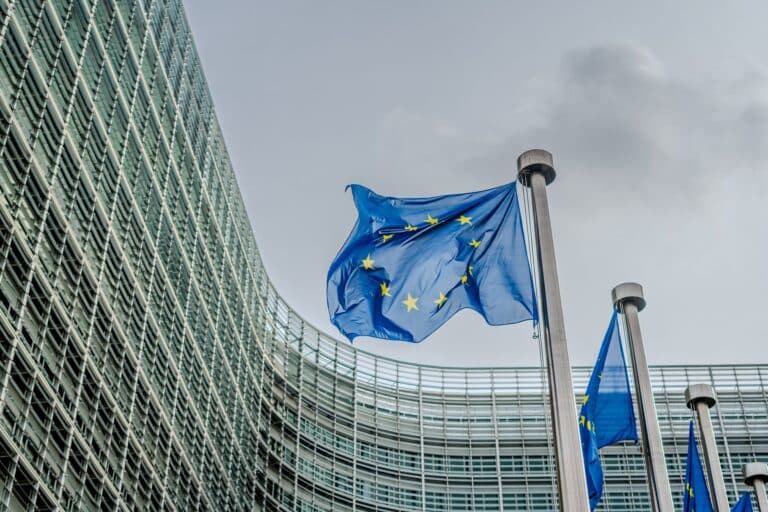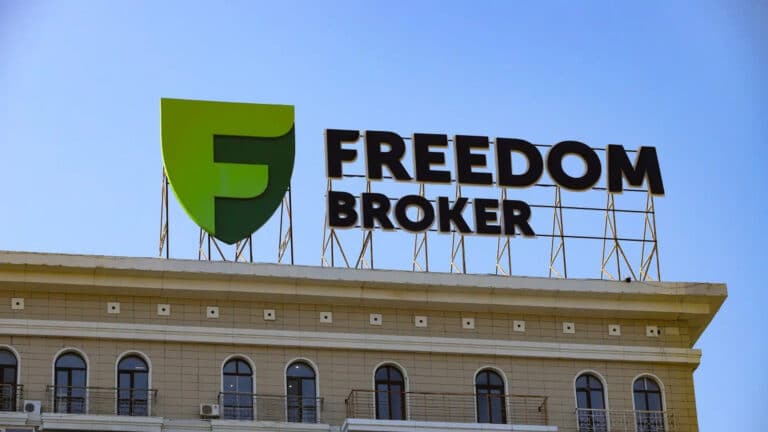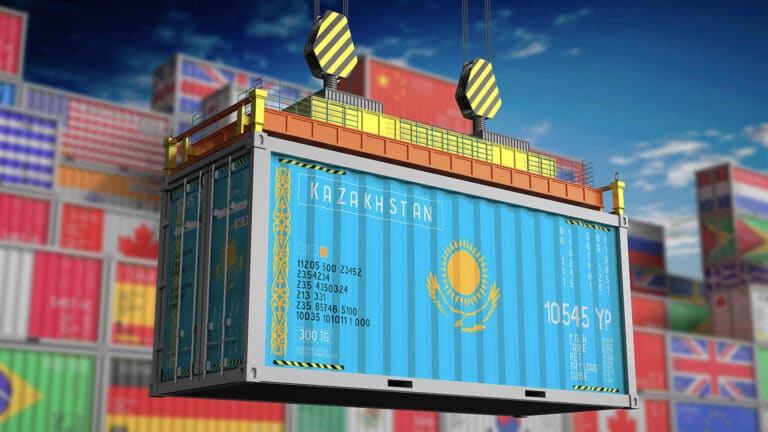
Shares of less-lethal weapons manufacturer Byrna Technologies rose 2.6% on Wednesday, August 28. The company announced that the Uruguayan government had purchased launchers and ammunition for use by the National Police.
Details
Byrna stock gained 2.56% to $11.22 per share on the Nasdaq on Wednesday, having risen as high as 5% at one point. Byrna is now up about 76% this year and 224% in the last 12 months.
The same day, the company reported that the Uruguayan Ministry of the Interior had purchased 400 Byrna launchers and over 100,000 rounds of less-lethal ammunition. The police will use them to minimize physical harm during public demonstrations and incidents where individuals barricade themselves. Byrna sees “strong momentum and significant opportunities” in Latin America, explained the company’s CEO, Bryan Ganz.
About Byrna Technologies
Byrna has been developing less-lethal weapons and ammunition for over 20 years, initially focusing on military and law enforcement applications. When that strategy did not generate the expected revenue, the company shifted its focus to retail customers, such as homeowners, hunters, and weapons collectors. Byrna’s products are now mentioned on Fox News, social media, and podcasts and can be purchased on Amazon.
Net revenue increased 76% year over year in the second quarter to $20.3 million, while net profit reached $2.1 million, versus a loss of $1.1 million during the same period last year. In August, Byrna announced a new, $10 million share buyback program over the next two years. The company is still undervalued by the market despite its strong operating performance, Ganz said, explaining the buyback.
Analyst insights
According to MarketWatch, three analysts currently cover Byrna Technologies, and all have a buy recommendation. The average target price is $16.75 per share, indicating upside of close to 50% from the current level.













